Cantabria: a journey through time by Raicedo
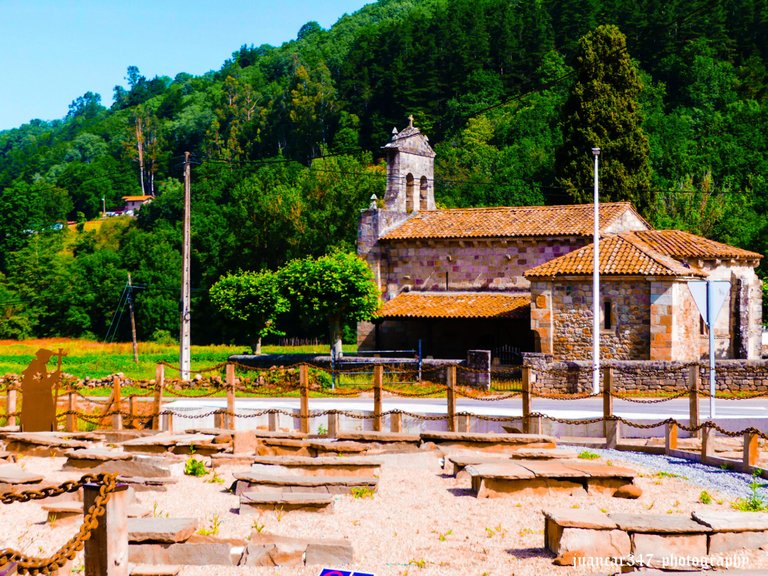
Forgotten are the Carnivals of Madrid and my proposal to continue discovering places with charm and mystery, located in that small paradise in the north of Spain, which is Cantabria, still stands, so I invite you to accompany me to the small town of Raicedo and visit two unique cultural landmarks, such as its 12th-century Romanesque church, dedicated to the figure of Saint John, and its rescued medieval cemetery.

Located in the vicinity of the Besaya River, as well as on the side of a more important locality, such as Arenas de Iguña and not too far away from that other charismatic place in Cantabria, such as the town of Los Corrales de Buelna -famous, among other things, for housing the largest and most fantastic collection of funerary stelae of those brave Cantabrian peoples who made history in their fierce fight against the legions of Rome- on the outskirts of Raicedo, the landmarks previously reviewed, allow us to carry out, at least logically , in a dreamy and metaphorical way, a little trip back in time.
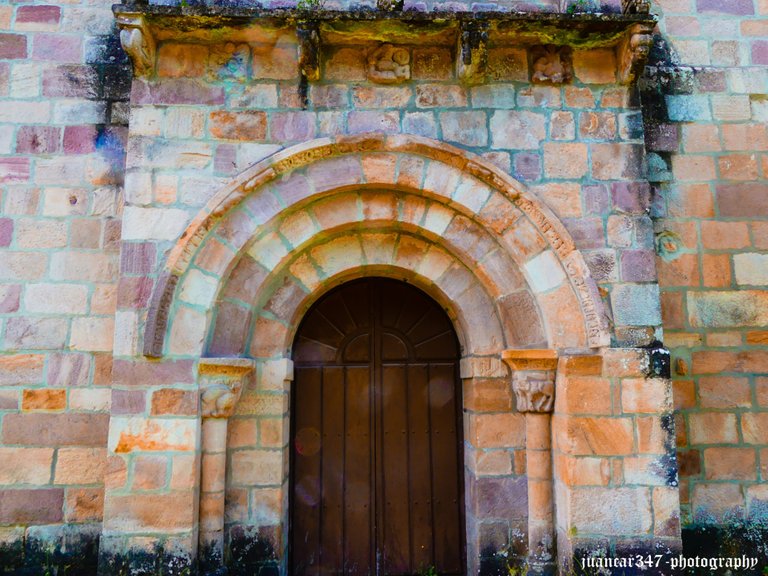
A small journey through time, where we will enter a fundamental part of those fascinating Spanish Middle Ages, where, among other vicissitudes, not only the construction of temples gained an unusual boom, which marked a turning point in architecture, defining a style, the Romanesque, in accordance with an increasingly consolidated faith, but also, and given that, generally, they were located, as supports, within those incredible cultural settings, which are the pilgrimage routes, they were the origin of the first hospitals, as well as the justification for the presence of important military orders, also attracted by what was not in vain called the prelude to the Crusades, a sad role, however, that Spain would play again in the 20th century , when our unfortunate Civil War, meant a new prelude to one of the greatest horrors the world would know: World War II.
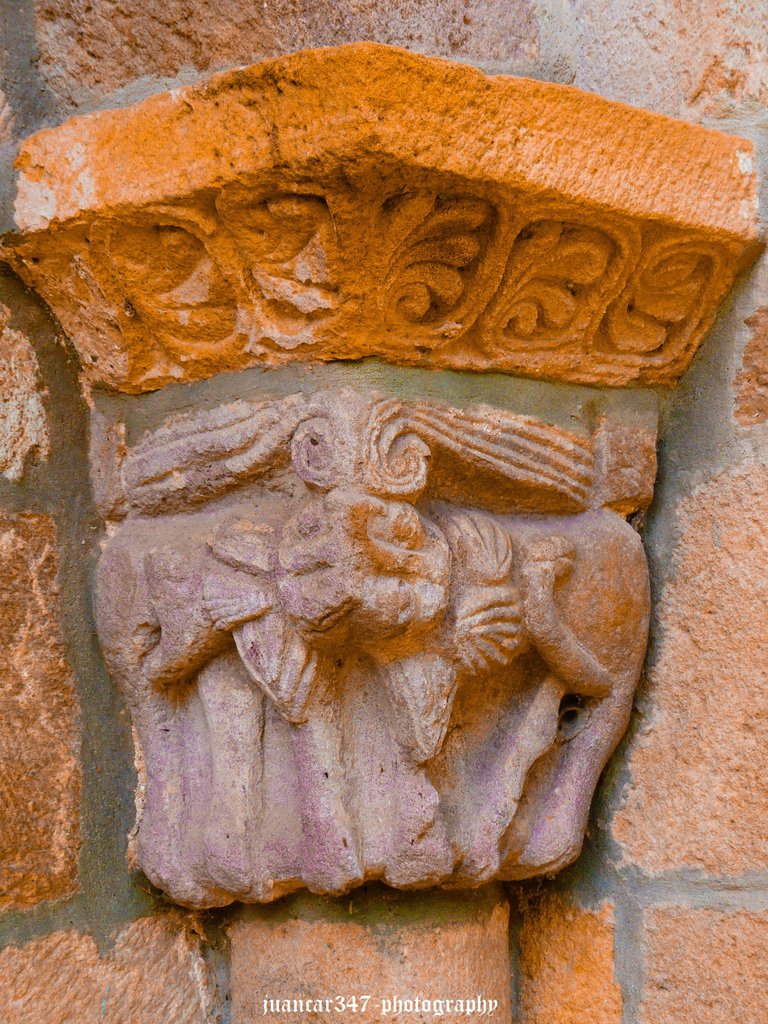
As I have already said, dating from the beginning of the 12th century, the Romanesque church of San Juan, which still preserves a good part of its primitive structure, although a sacristy was added in the 17th century that distorts it, was part of a small monastery, belonging to the religious-military order of the Knights of Saint John of Jerusalem, popularly known as hospitallers, who, in fact, also maintained a Bailiwick or Commandery, which was in charge of administering a large part of this territory.
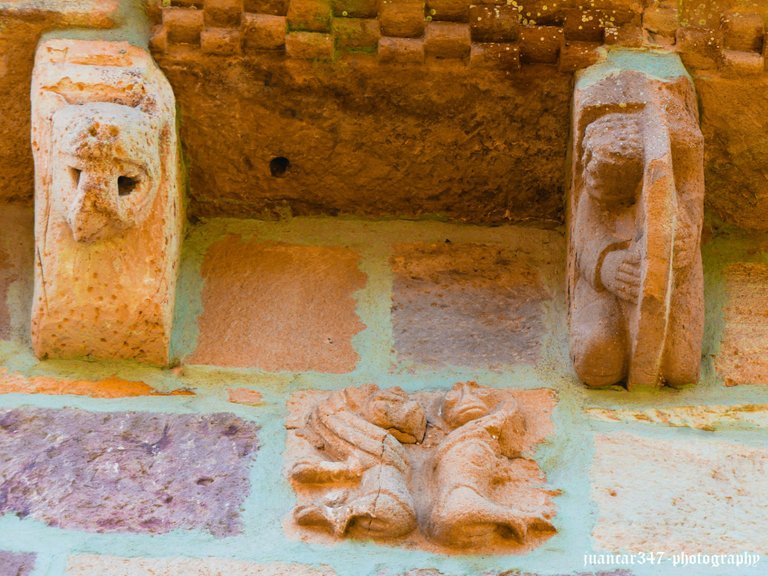
Its nave is rectangular in plan, its apse or head obeying the typical semicircle of Romanesque temples and still preserves, in some cases, quite worn by time and erosion, an interesting sculptural presence, in whose characteristics, there are historians who observe a certain resemblance to the sculptures of the Collegiate Church, also Cantabrian, of San Pedro de Cervatos.

This aforementioned sculptural presence does not differ at all from the archetypes related to the Romanesque architecture of the time, which included not only references to the environment -different representations of plants and animals characteristic of the place- but also the well-known references to the sins of carnal abuse, generally represented by mythological motifs, such as mermaids or harpies, which, at the same time, invited the faithful to forget the old cults and lead a life of correction, according to the principles of the Christian Religion.
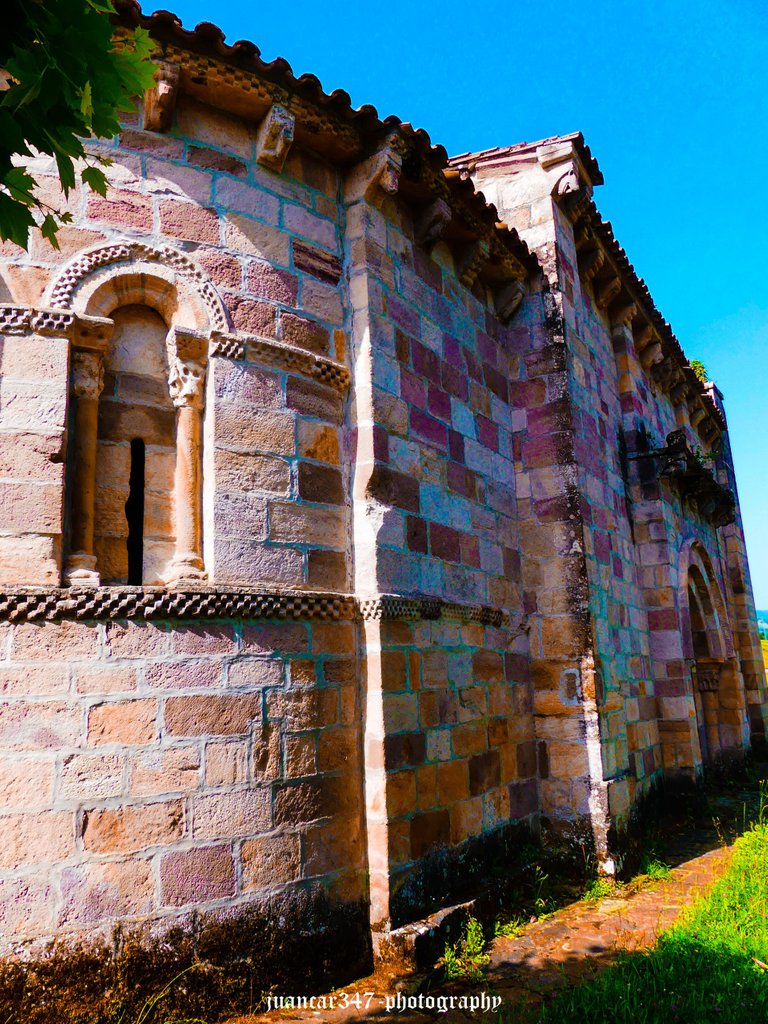
Although, above all, in large cities, churches were prohibited from maintaining their customary cemetery, to prevent the spread of diseases, which, in many cases, became true pandemics, leaving behind numerous victims, in small towns, It is still common to find a small cemetery, attached to this type of church, as is the case, in this case, with the present church.

But what is most relevant and, at the same time, what gives it a certain air of historical nostalgia, is the discovery of the voluminous medieval cemetery, partly discovered and also partly remodeled with newly created models -or rather, recreation- that They offer us, as a whole, a perspective of the life of that time, inviting us, incidentally, to situate ourselves in the environment in which, both neighbors and pilgrims who, from the coast, went inland, to reach the itineraries towards Compostela, crossing border areas of Palencia and Burgos - currently delimited by places of great beauty, such as the Ebro reservoir - some lived and died without ever reaching their goal.
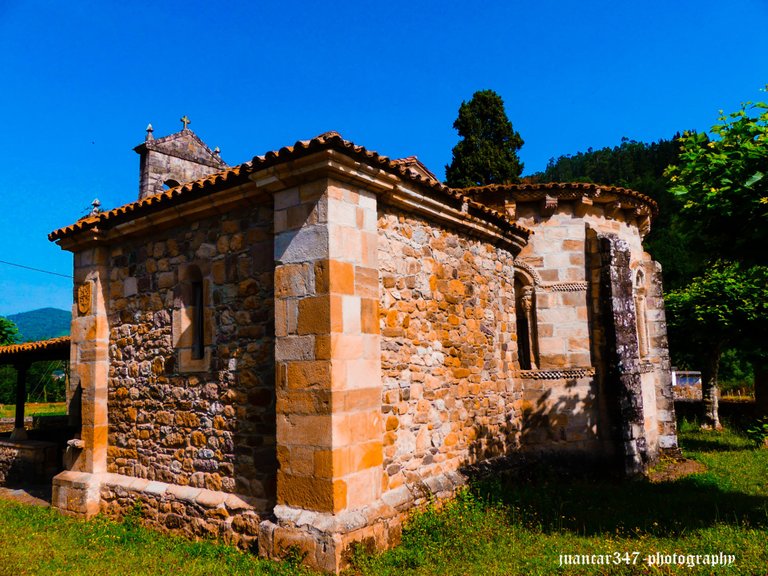
As in the majority of Christian cemeteries of the time, also the tombs, humble, for the most part, are made with flagstones, simulating those same boxes, which, centuries later, would be so common, maintaining a constant, such as that of always be oriented to the East, in the direction of the Holy City of Jerusalem, symbolically indicated by the sunrise and by default, by the rooted belief in the resurrection.
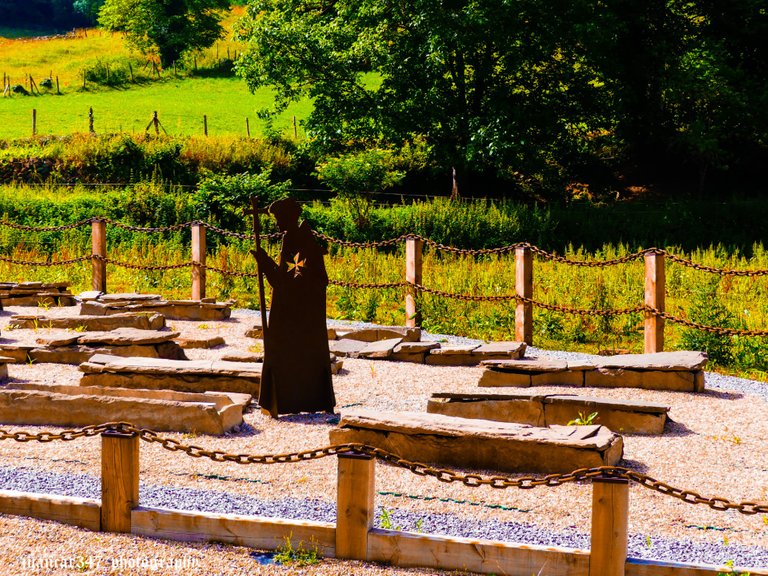
It is still a detail, certainly not aesthetically pleasing, to observe that the main road separates the church from the medieval cemetery, but it is also true that the traveler interested in this type of place will find a great wealth of scenarios, because, following it , will reach other relevant places, such as Silió, in the Molledo Council and its magnificent Romanesque church, dedicated to the figures of Saints Facundo and Primitivo, a picturesque place and a highly recommended visit, which I will talk about on a future occasion.
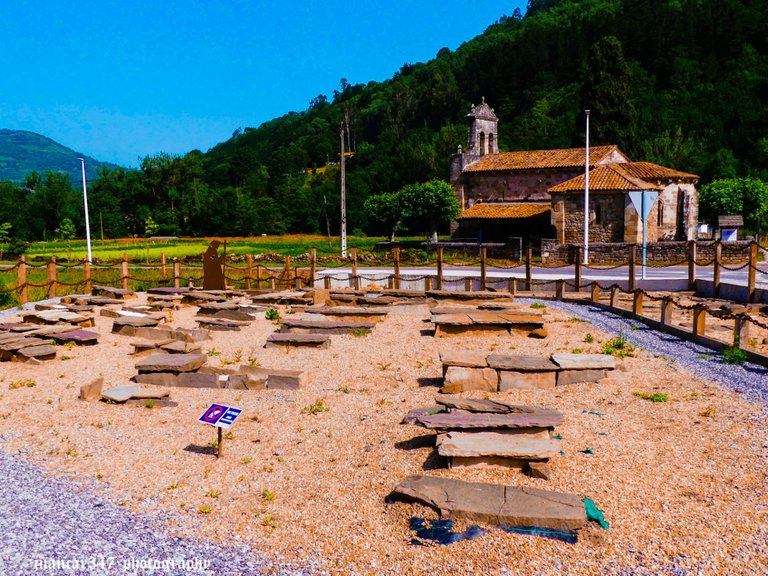
NOTICE: Both the text and the photographs that accompany it, as well as the video that illustrates it, are my exclusive intellectual property and, therefore, are subject to my Copyright.
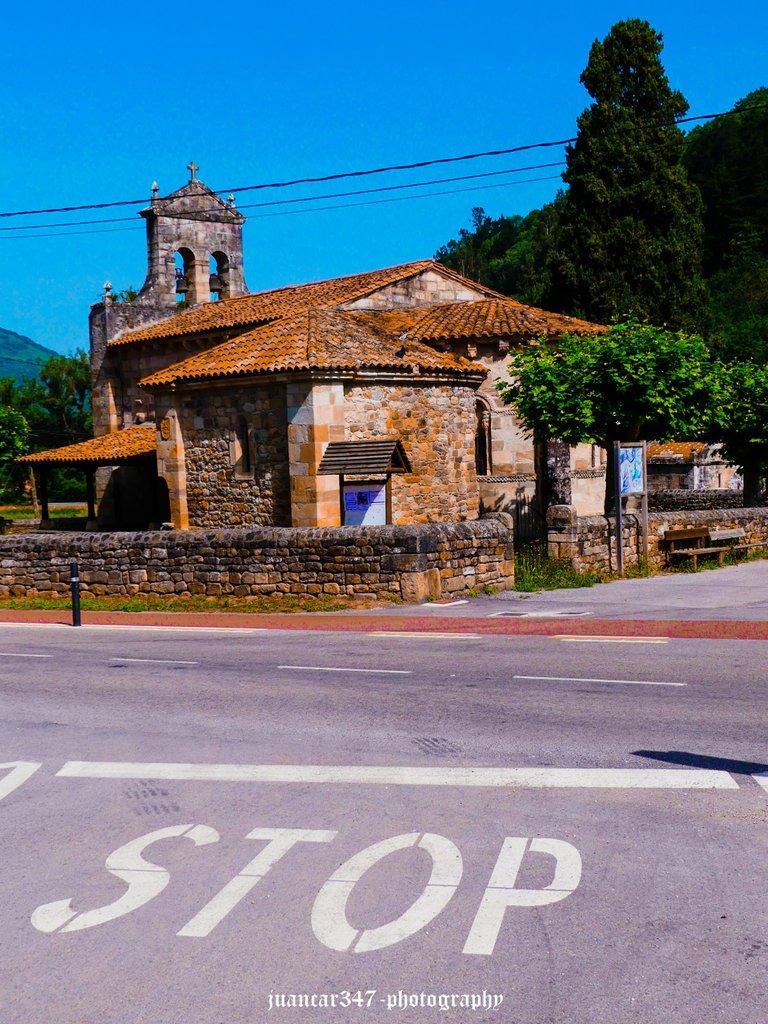
RELATED MOVIE:
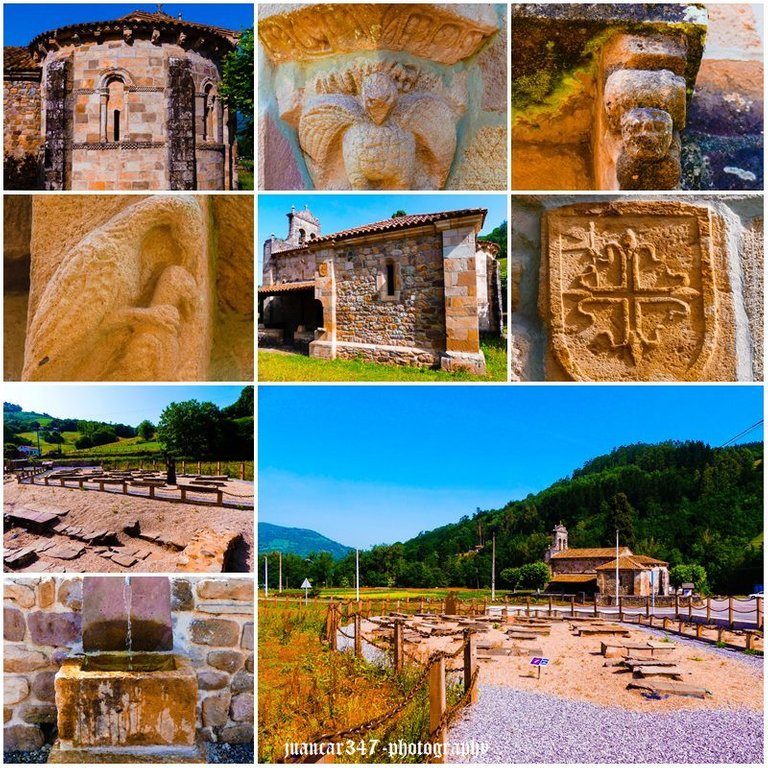
Congratulations, your post has been added to Pinmapple! 🎉🥳🍍
Did you know you have your own profile map?
And every post has their own map too!
Want to have your post on the map too?
Thank-you very much
Hi @juancar347, your post has been upvoted by @bdcommunity courtesy of @rehan12!
Support us by voting as a Hive Witness and/or by delegating HIVE POWER.
JOIN US ON
Thank-you very much
Hiya, @lizanomadsoul here, just swinging by to let you know that this post made it into our Honorable Mentions in Daily Travel Digest #1809.
Your post has been manually curated by the @pinmapple team. If you like what we're doing, please drop by to check out all the rest of today's great posts and consider supporting other authors like yourself and us so we can keep the project going!
Become part of our travel community:
Thank-you very much
What beautiful villages Spain has, isn't it?
I'm like you looking for more hidden but charming places. Unfortunately I have not been able to be in Cantabria as it is a bit far from Zaragoza.
I loved the part of the cemetery as there are very nice and with a lot of history and I liked that you tell why they are facing east, that kind of detail is what makes it special.
Thanks for sharing.
Spain is a picturesque country, with incredible places that are worth discovering and in Cantabria, as in this case, you can find a lot of beauty, a lot of history and a lot of mystery capable of making your trip through those lands always become an experience. vital. You can still see many pilgrims, following those old routes, stopping at these old hermitages, which, for them, constitute, in addition to learning, something very personal. Typically, medieval tombs all pointed to the east, toward sunrise, toward Jerusalem, and symbolically toward the resurrection. Everything was symbolism and everything obeyed a reason. Thank you very much for your comment and best regards.
Congratulations @juancar347! You have completed the following achievement on the Hive blockchain And have been rewarded with New badge(s)
You can view your badges on your board and compare yourself to others in the Ranking
If you no longer want to receive notifications, reply to this comment with the word
STOPCheck out our last posts:
Thank-you very much
You're making waves @juancar347! Your daily posts on Hive are inspiring and impactful. Keep spreading the buzz!
Thank you for your kindness and consideration.
Good thing they able to maintain and restored this kind of place🥰
In reality, Spain has lost much of its former heritage splendor. Fortunately, for a few years now, people are looking a little more to preserve it and there are initiatives, like this one, that generate enthusiasm and hope. It is not the only case and I will have the opportunity, later, to show other examples that help to understand what life was like, in part, in the Middle Ages, where, despite its alleged obscurities, everything, even architecture and Funeral rites had a symbolic meaning that is lost today. Thank you very much for your comment and best regards.